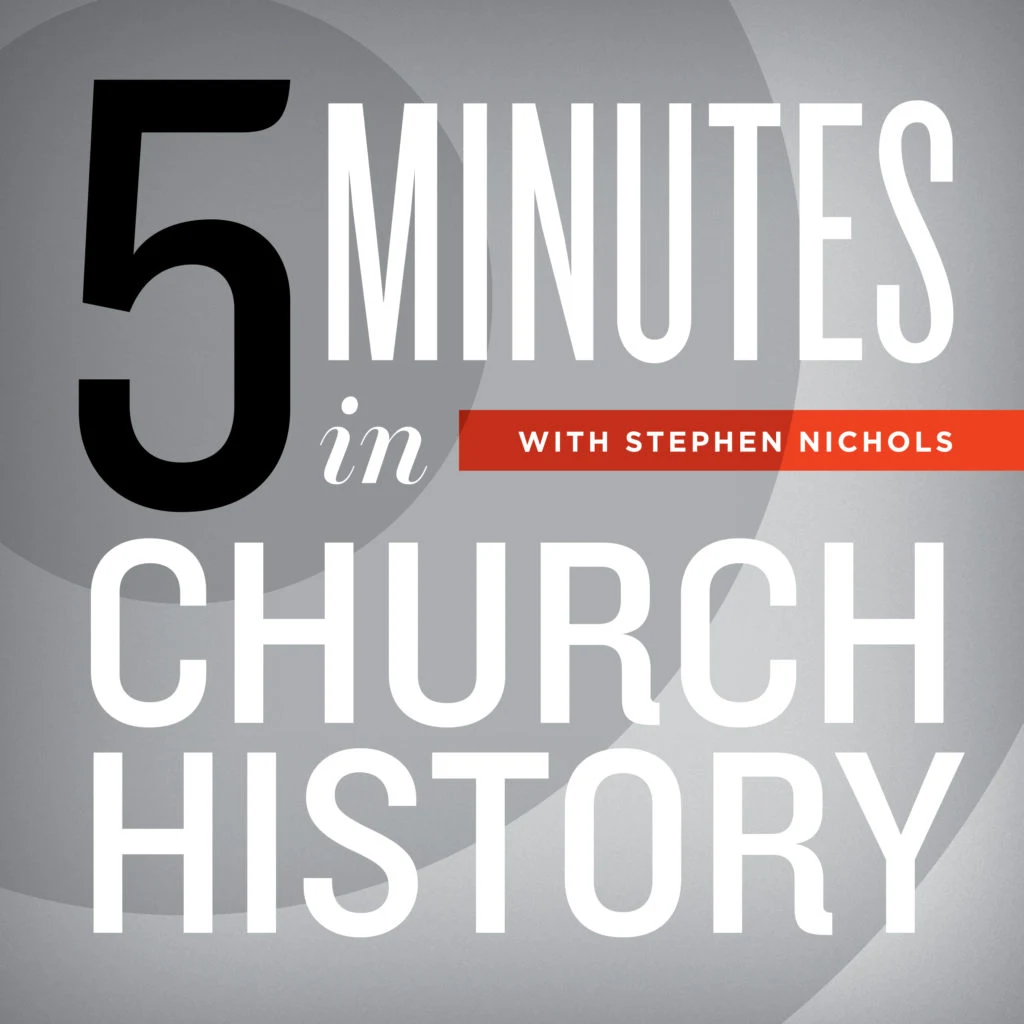Charles Jennens’ Libretto

Though few know his name, many know his work. Today, Stephen Nichols introduces Charles Jennens, who compiled the biblical texts for Handel’s Messiah to proclaim Christ’s glory and defend the truth against deism.
Welcome back to another episode of 5 Minutes in Church History. Charles Jennens was born in the year 1700. My guess is that most of you don't know him, but I also guess that many, many of you have heard his work. Jennens wrote the libretto of Handel's Messiah. First, we'll look at Jennens’ life, and then we'll look at his famous libretto. His family had significant means and he grew up on a sprawling estate in Leicestershire, England. That's located about ninety miles straight north of Oxford. When the time came for college, Jennens went those ninety miles south and studied at Balliol College in Oxford. When he got there in 1716, Balliol was all of 453 years old. Deep in its history, John Wycliffe had been a master at Balliol. Well, after college and for the next twenty years or so, he managed his family estate. He was a devout Christian, and he fought against deism. Deism was on a meteoric rise in England in the 17oos. Of course, deism denies the virgin birth, denies that Jesus is the God-Man, and absolutely denies the gospel. And so, much of Jennens’ efforts were aimed at responding to and answering deism.
He was also a patron of the arts. In 1735, he began his collaborations with Handel, who was living in England at the time. First, came the oratorio Saul, and then followed Israel in Egypt, and then in 1741, he began work on the Messiah. It was also Jennens who commissioned the famous, and sort of standard, portrait of Handel hanging in London's National Portrait Gallery. Right around 1770, Jennens began working on critical editions of Shakespeare's plays. This was really the first undertaking of critical editions with footnotes and Jennens managed to publish five of Shakespeare's plays before his death on November 20, 1773. Well, that's his life, now let's get to the Messiah.
It's better not to say that Jennens wrote the Messiah. The text of the Messiah is all Bible citations. What Jennens did do was to select and compile and arrange those texts. It is estimated that 60% of the Messiah comes from the Old Testament. This, of course, had an apologetic angle to it. Here we are, back to deism. Jennens wanted to underscore Jesus' authority. He wanted to show that Jesus was the true Messiah, had that rightful claim to be the Messiah, and so he wanted to show all of that fulfilled prophecy surrounding Christ's first coming in the incarnation from those Old Testament texts. Jennens, of course, drew very heavily from the book of Isaiah. The opening lines of part one of the libretto, of course, come directly from that beautiful poem. That is Isaiah chapter 40, “Comfort, oh, comfort My people.” And if you're like me, you can't read those words without hearing them sung.
As for New Testament books, Jennens drew heavily from Matthew and of course, Revelation, which provides the lyrics for the Hallelujah Chorus. The libretto has three parts. The first is Messiah's coming, so from the herald of the prophets predicting his birth to the herald of the angels to those shepherds on a hillside in Luke 2 is part one. Then in part two, we move into Christ's passion, to His crucifixion, to His burial, and to His resurrection, and it is part two that ends with the Hallelujah Chorus. And then part three picks up with that theme of the resurrection and also moves into Christ's exalted state, His current session, seated at the Father's right hand in heaven.
Well, let's take a closer look at that Hallelujah Chorus. For the Hallelujah Chorus, Jennens’ begins with Revelation 19:6, “For the Lord God omnipotent reigneth.” Then he goes back to Revelation 11:15, “The kingdom of this world has become the kingdom of our Lord and of His Christ, and He shall reign forever and ever.” Then he goes back to Revelation chapter 19, this time verse 16, “King of kings and Lord of lords, King of kings, and Lord of lords.” That is indeed Who Christ is, and that's Charles Jennens and his libretto. And I'm Steve Nichols and thanks for joining us for 5 Minutes in Church History.
Recent Episodes
A Little Church History of a Middle Colony: The First Great Awakening
December 17, 2025|American Church History
A Little Church History of a Middle Colony: Early Influences
December 10, 2025|American Church History
Gunpowder and a Proclamation
December 3, 2025|Geographical Perspectives
Thanksgiving in Church History
November 26, 2025|American Church History
3 Sermons on the Hallelujah Chorus
November 19, 2025|General Church History
